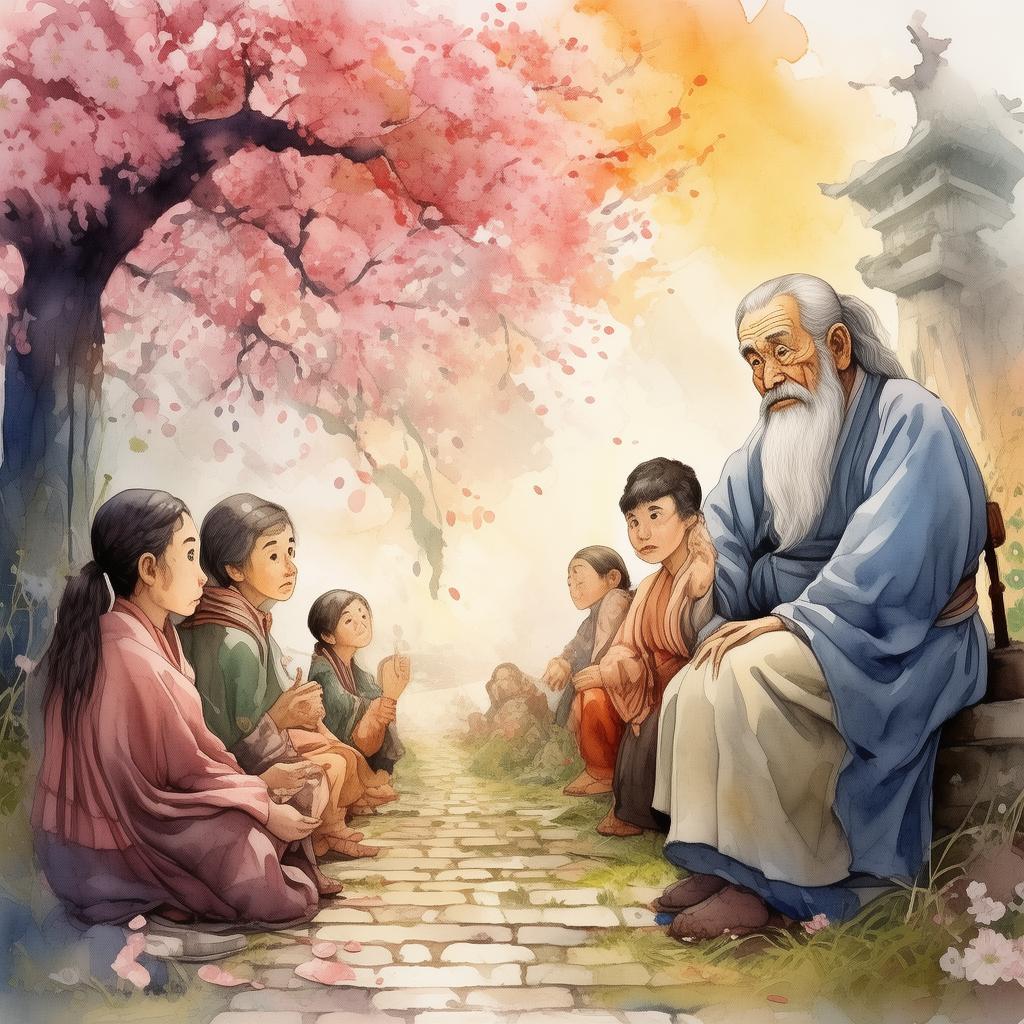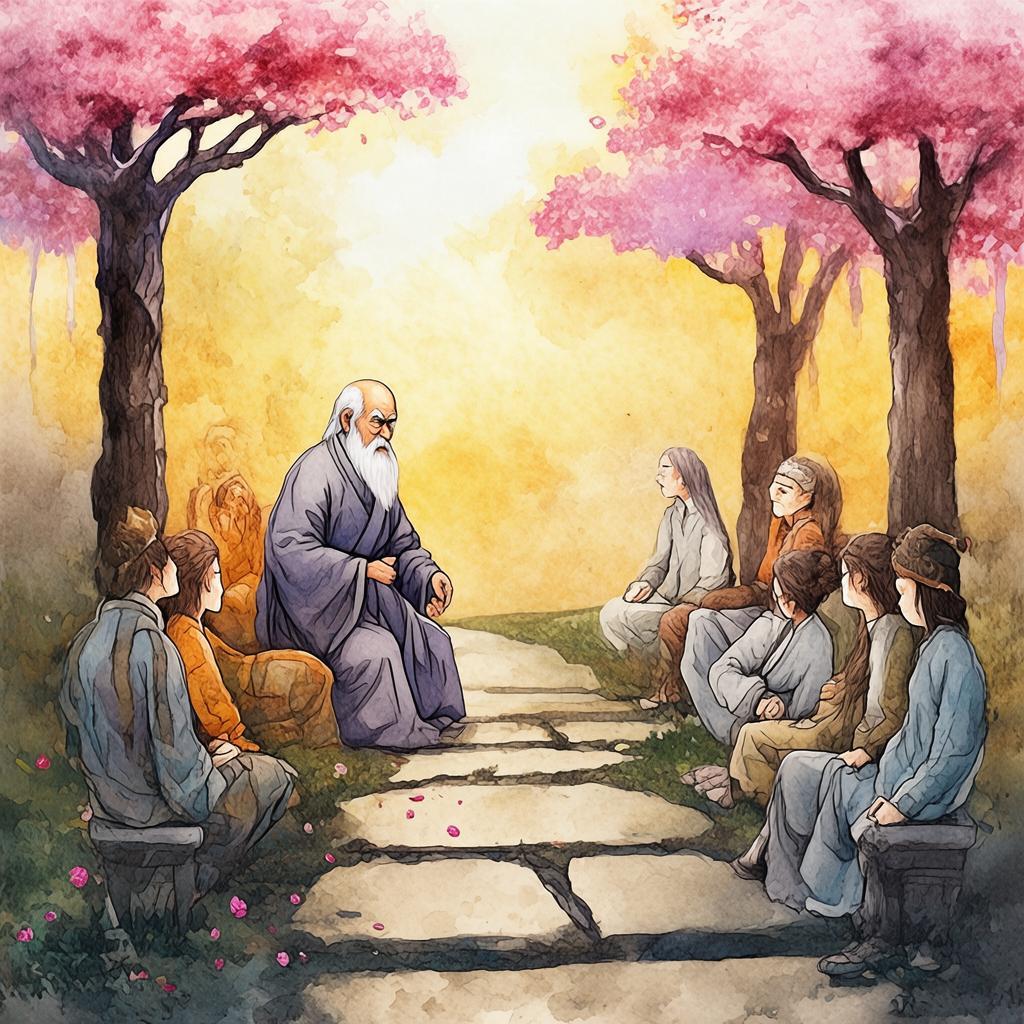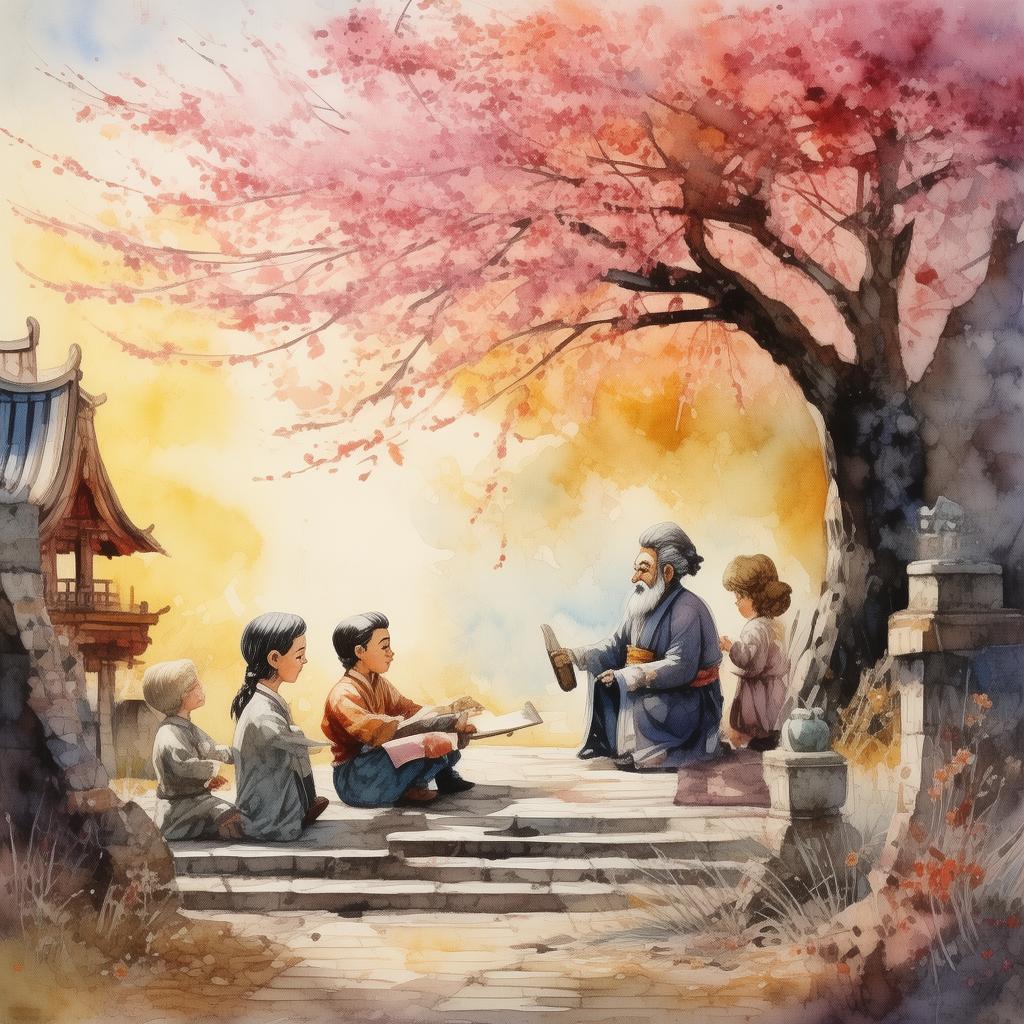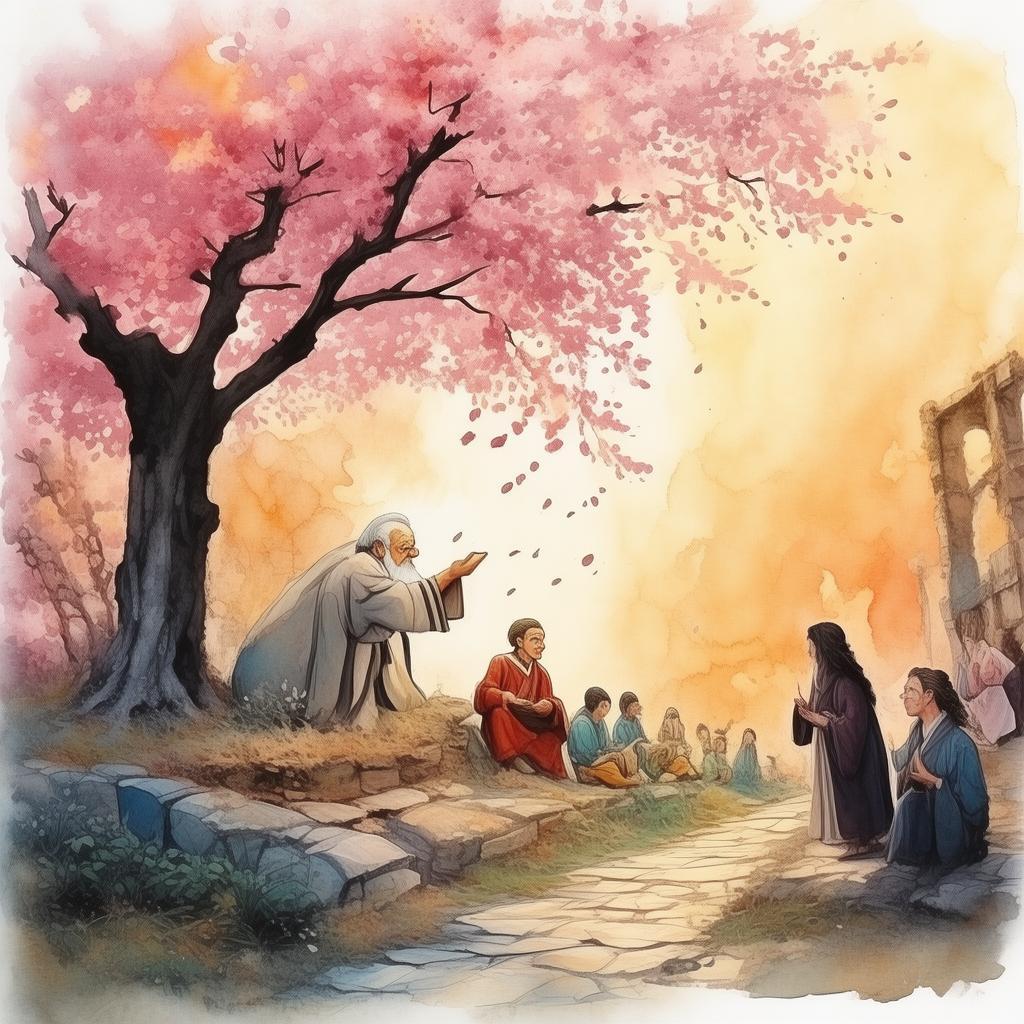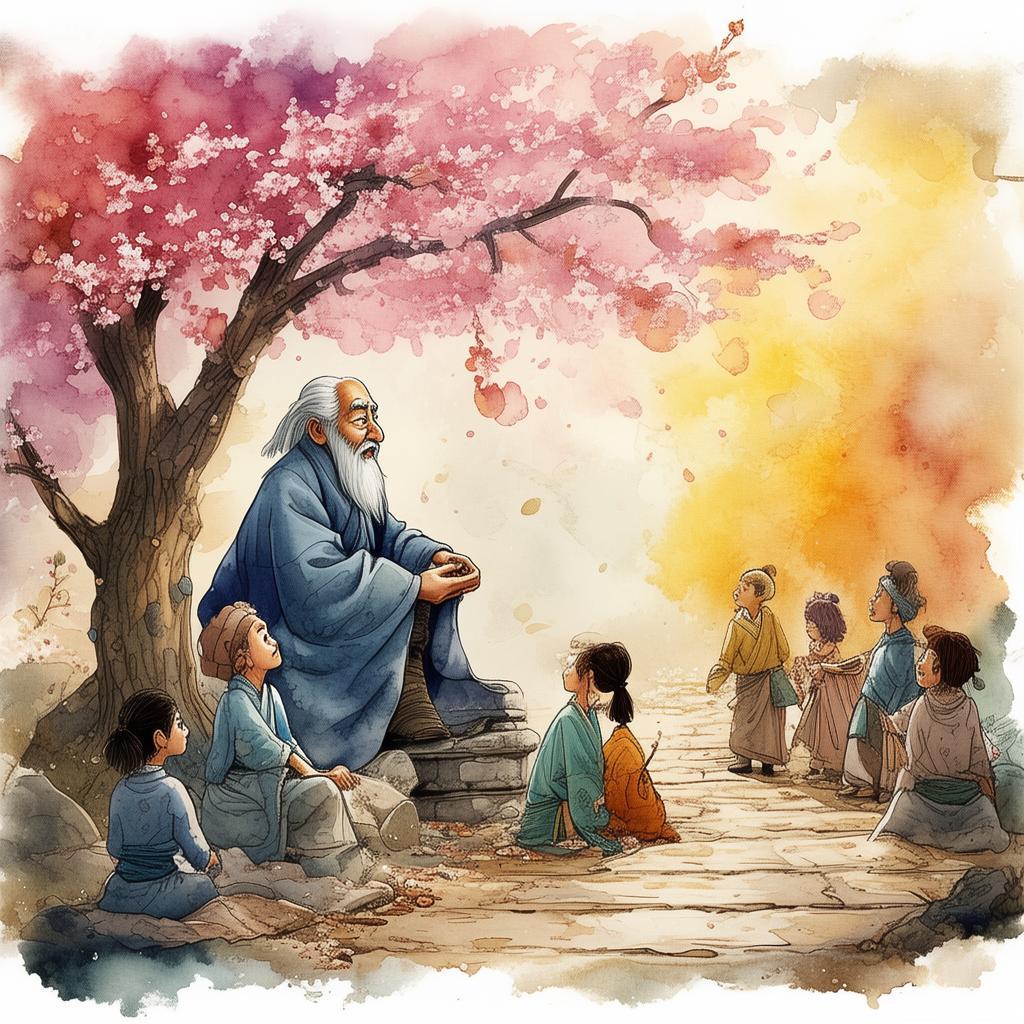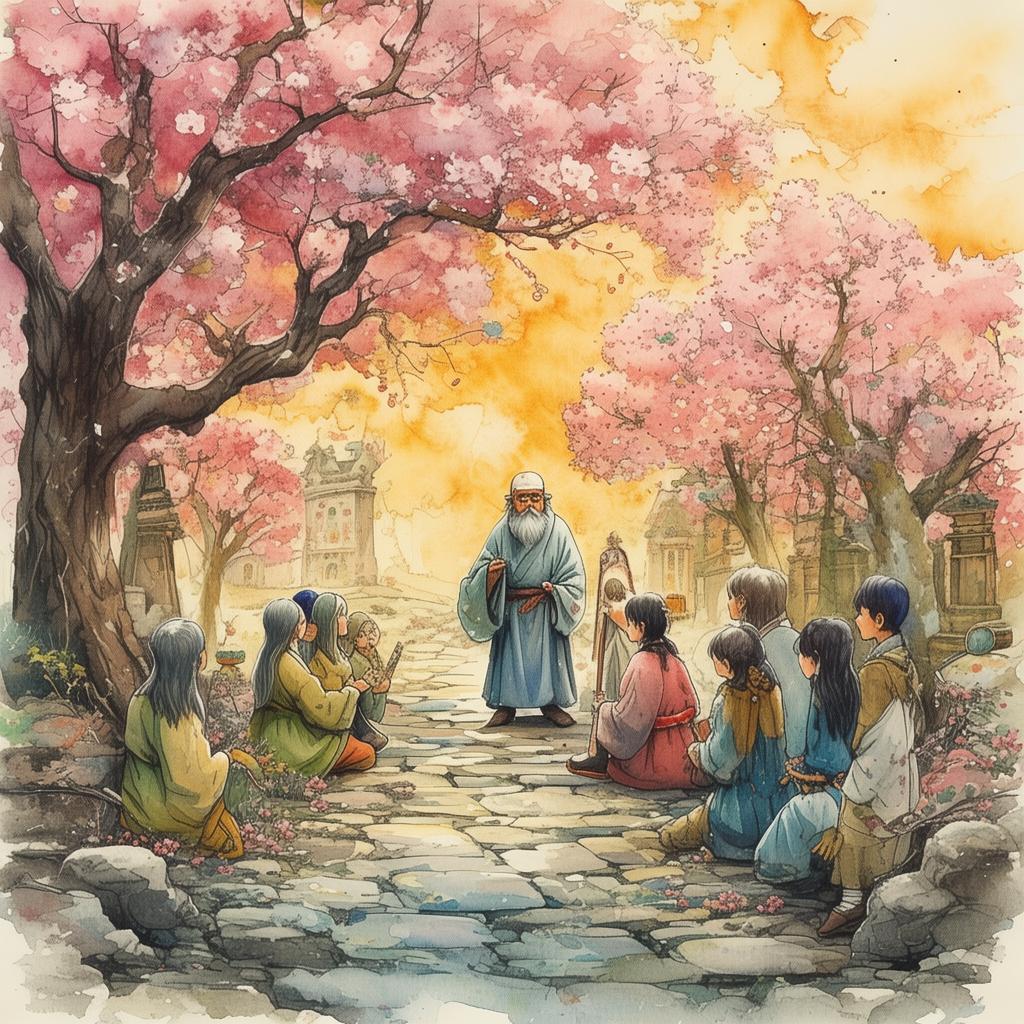Unveiling the Shroud: A Tale of Redemption and Judgment
In the bustling city of Chang'an, Lin Hua stood in his dilapidated studio, the once vibrant hues of his paintings now muted by dust and years of neglect. His name, once synonymous with artistic prowess, had become synonymous with scandal. A public judgment had brought his career to its knees, leaving him with only the ghost of his former self to haunt him.
It all started with the exhibition. Lin's latest collection was set to showcase his greatest works, but on the opening night, a scandal erupted. A critic had discovered a series of portraits in his studio that depicted historical figures in compromising positions, their faces obscured to protect the innocent. The public was appalled, and Lin's name was synonymous with moral decay.
The scandal was viral, and Lin's life fell apart. His paintings were torn down from galleries, his name whispered in disdain, and he was shunned by friends and acquaintances alike. Humiliation consumed him, and he retreated into his studio, the walls a testament to his shattered dreams.
One evening, as Lin sat in the dim light, he found himself sketching a figure from his youth. It was his mentor, Master Liu, who had taken him under his wing and nurtured his talent. The memories of his mentor's wisdom and encouragement filled Lin with a longing for the past. He realized that his art had become a reflection of his pain and shame, and it was time for a change.
Determined to regain his honor, Lin set out to create a new series of works. He began with small sketches, depicting scenes of kindness and compassion, the opposite of the scandal that had tarnished his name. As he worked, he felt a sense of hope growing within him, a spark that had been dimmed by the public's judgment.
Word of Lin's new works reached the ears of a local curator, who was intrigued by the artist's turnaround. She invited Lin to showcase his new series in a small, intimate gallery. Lin was hesitant, but the prospect of redemption was too strong to resist.
The opening night of the exhibition was a stark contrast to the previous scandal. Instead of a crowd of detractors, Lin found himself surrounded by a few close friends and art enthusiasts. As they walked through the gallery, their reactions were genuine and positive. Lin's new works had touched them, and they saw the man behind the art.

One painting in particular stood out. It was a portrait of Master Liu, with Lin's face hidden behind the mask of the historical figure. The painting spoke of forgiveness and the ability to overcome past mistakes. It was a profound statement of Lin's redemption.
The exhibition was a success, and Lin's reputation began to heal. He continued to create, his art becoming a vehicle for his journey toward self-forgiveness. He understood that the public's judgment could be as capricious as it was fickle, but it was his own determination and resilience that truly defined him.
As Lin stood in his studio, surrounded by the new collection of paintings, he felt a profound sense of change. He had been humiliated by the public's judgment, but it was that same judgment that had led him to a new understanding of himself and his art.
The story of Lin Hua, from scandal to redemption, became a testament to the transformative power of change and the importance of personal growth. It was a reminder that one's value is not determined by the opinions of others but by the courage to face one's mistakes and the strength to rise above them.
✨ Original Statement ✨
All articles published on this website (including but not limited to text, images, videos, and other content) are original or authorized for reposting and are protected by relevant laws. Without the explicit written permission of this website, no individual or organization may copy, modify, repost, or use the content for commercial purposes.
If you need to quote or cooperate, please contact this site for authorization. We reserve the right to pursue legal responsibility for any unauthorized use.
Hereby declared.


